The US was sick long before coronavirus
Trump putting his utterly unqualified son-in-law in charge of US's response to the pandemic should not surprise anyone.
by Belen Fernandez 7 May 2020
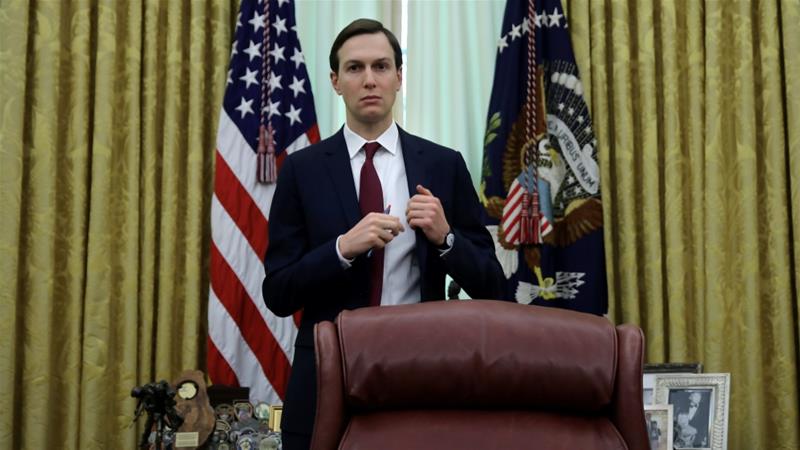
Trump putting his utterly unqualified son-in-law in charge of US's response to the pandemic should not surprise anyone.
by Belen Fernandez 7 May 2020

President Donald Trump's son-in-law Jared Kushner attends a coronavirus response meeting in the Oval Office at the White House, on April 30, 2020 [File: Carlos Barria/Reuters]
At the end of March, as coronavirus deaths in the United States began to spiral out of control, President Donald Trump broadcast some important news on Twitter.
Displaying his signature pathological attachment to unnecessary capitalisation, the president boasted that - according to the New York Times - the "Ratings" of his "News Conferences etc" were so off the charts as to rival "Monday Night Football" and the finale of "The Bachelor".
Granted, car accidents also get a lot of views - which does not mean they are good.
As if things were not bad enough, Trump's coronavirus performance quickly became an even more horrifying spectacle with the ascension of Jared Kushner - first son-in-law and preferred presidential adviser - to the position of de facto commander of the US response to the pandemic.
And how are Kushner's own "ratings"? Well, at least he is keeping viewers on their toes.
'Shadow' taskforce
After initially reportedly assuring Trump that coronavirus was no big deal, Kushner was naturally deemed to be the best person to attend to the ensuing disaster - despite his own role in fuelling it and his utter lack of qualifications in any relevant field. (Judging from Kushner's numerous other assignments resolving everything from the Israeli-Palestinian conflict to the opioid crisis, "qualifications" are perhaps no longer a thing.)
He is now heading up a "shadow" coronavirus taskforce, not to be confused with the official coronavirus taskforce headed by Vice President Mike Pence. Kushner's force involves his own former roommate - current US foreign investment tsar Adam Boehler - as well as a bevy of private-sector executives.
At the end of March, as coronavirus deaths in the United States began to spiral out of control, President Donald Trump broadcast some important news on Twitter.
Displaying his signature pathological attachment to unnecessary capitalisation, the president boasted that - according to the New York Times - the "Ratings" of his "News Conferences etc" were so off the charts as to rival "Monday Night Football" and the finale of "The Bachelor".
Granted, car accidents also get a lot of views - which does not mean they are good.
As if things were not bad enough, Trump's coronavirus performance quickly became an even more horrifying spectacle with the ascension of Jared Kushner - first son-in-law and preferred presidential adviser - to the position of de facto commander of the US response to the pandemic.
And how are Kushner's own "ratings"? Well, at least he is keeping viewers on their toes.
'Shadow' taskforce
After initially reportedly assuring Trump that coronavirus was no big deal, Kushner was naturally deemed to be the best person to attend to the ensuing disaster - despite his own role in fuelling it and his utter lack of qualifications in any relevant field. (Judging from Kushner's numerous other assignments resolving everything from the Israeli-Palestinian conflict to the opioid crisis, "qualifications" are perhaps no longer a thing.)
He is now heading up a "shadow" coronavirus taskforce, not to be confused with the official coronavirus taskforce headed by Vice President Mike Pence. Kushner's force involves his own former roommate - current US foreign investment tsar Adam Boehler - as well as a bevy of private-sector executives.
By all lucid accounts, the Kushner group's manoeuvrings have simply bumped an already chaotic government response up to obscene new levels of confusion.
Kushner is furthermore "essentially operating without accountability", as Jordan Libowitz - communications director for Citizens for Responsibility and Ethics in Washington - pointed out in an April 6 article for NBC News. The shadow taskforce is being run "off the books, with closed-door meetings and private email accounts" - which, Libowitz suggests, could potentially be a good way to "steer emergency government funds into your family's bank account without people finding out".
After all, there is no better time than a global pandemic to make the rich richer.
Kushner will 'get us all killed'
Kushner's latest enterprise has prompted news headlines like: "Lawmakers Want to Know: WTF Is Jared Kushner Doing?" As for his known activities, these include scoffing at New York Governor Andrew Cuomo's claim of a ventilator shortage (New York now has almost 20,000 coronavirus deaths) and throwing a hissy fit over the outrageous presumption by individual US states that they might somehow be entitled to access the national stockpile of medical equipment.
In a super-sketchy sequence of events, a health insurance company linked to Kushner and his brother was tasked with developing a coronavirus website for the US government - before the project was "mysteriously scrapped".
As it so happens, the Kushner family real estate business could also "be a prime beneficiary of a provision in the federal [coronavirus] recovery bill that allows owners of apartment buildings to freeze federal mortgage payments on low- and moderate-income properties", according to a Politico analysis.
In the midst of Kushner's coronavirus machinations, even the New York Times felt compelled to run an op-ed titled "Jared Kushner Is Going to Get Us All Killed" (though the heading was later toned down).
But while this concern is certainly valid, we should not forget that the US has been in the business of killing people for a long time - and that the prioritisation of profit over human life far predates the existence of Kushner, as transparently repugnant a figure as he may be.
All sorts of death sentences
Beyond the matter of the US's predilection for waging wars that have slaughtered unthinkable numbers of people across the globe, it is worth recalling that the US military is also one of the primary polluters on the planet - and as such has made significant contributions to climate change, which was what was getting us all killed before the coronavirus interlude.
Meanwhile, the fact that the US throws gargantuan sums of money at its military killing machine rather than at, you know, domestic healthcare programmes or other more helpful endeavours is itself effectively a death sentence for many Americans.
It is also how we end up with US nurses wearing rubbish bags to protect themselves from coronavirus - and the news that uninsured Americans could be slammed with $75,000 in medical fees if hospitalised for the disease.
Of course, poverty - another defining feature of the landscape in one of the world's "richest" countries - has long been proved to be deadly. And sure enough, coronavirus has hit low-income communities the hardest. "Above all," a Bloomberg editorial notes, "it disproportionately kills black people."
Over at the Wall Street Journal, a short dispatch on "coronavirus capitalism" and its "darker side" laments that, in March, a two-pack of Purell hand sanitiser was listed on Amazon for $99.95. The author concludes that, while epidemics may come and go, "human nature, unfortunately, stays the same" - a rather sweepingly inaccurate assessment given that the history of the world shows plenty of good examples of non-capitalist human populations.
But in the US, capitalism is not just dark; it is a veritable plague.
Underlying conditions
Although Trump and his co-star Kushner are certainly committed as can be to the darkest sides of capitalism - eg, a willingness to throw countless Americans onto the coronavirus pyre to save the economy - it turns out they are not even that good at managing the system to effect their nefarious ends.
In a recent email to me, evolutionary biologist Rob Wallace, author of Big Farms Make Big Flu, remarked that, while bourgeois political economy dictates that the state "act as capital's handmaiden", Trump & Co are dropping the ball: "A family who has had every underwear picked up by ill-paid staff can't even envision what's involved in servicing the logistics and infrastructure capital needs to accumulate from one side of the world to the other."
American power, he wrote, is "on the hook for cleaning up pandemics" that capital helps to create, thereby keeping the world on the same catastrophic developmental path. But as it currently stands, we are down to Jared Kushner, who, "reading a couple articles, is cleaning up the COVID fix with what is tantamount to mass murder."
Ultimately, though, Kushner's pathologies could be diagnosed as symptomatic of the US's underlying conditions. Long before coronavirus, the country was critically ill.
The views expressed in this article are the author's own and do not necessarily reflect Al Jazeera's editorial stance.
ABOUT THE AUTHOR

Belen Fernandez is a contributing editor at Jacobin Magazine.
Kushner is furthermore "essentially operating without accountability", as Jordan Libowitz - communications director for Citizens for Responsibility and Ethics in Washington - pointed out in an April 6 article for NBC News. The shadow taskforce is being run "off the books, with closed-door meetings and private email accounts" - which, Libowitz suggests, could potentially be a good way to "steer emergency government funds into your family's bank account without people finding out".
After all, there is no better time than a global pandemic to make the rich richer.
Kushner will 'get us all killed'
Kushner's latest enterprise has prompted news headlines like: "Lawmakers Want to Know: WTF Is Jared Kushner Doing?" As for his known activities, these include scoffing at New York Governor Andrew Cuomo's claim of a ventilator shortage (New York now has almost 20,000 coronavirus deaths) and throwing a hissy fit over the outrageous presumption by individual US states that they might somehow be entitled to access the national stockpile of medical equipment.
In a super-sketchy sequence of events, a health insurance company linked to Kushner and his brother was tasked with developing a coronavirus website for the US government - before the project was "mysteriously scrapped".
As it so happens, the Kushner family real estate business could also "be a prime beneficiary of a provision in the federal [coronavirus] recovery bill that allows owners of apartment buildings to freeze federal mortgage payments on low- and moderate-income properties", according to a Politico analysis.
In the midst of Kushner's coronavirus machinations, even the New York Times felt compelled to run an op-ed titled "Jared Kushner Is Going to Get Us All Killed" (though the heading was later toned down).
But while this concern is certainly valid, we should not forget that the US has been in the business of killing people for a long time - and that the prioritisation of profit over human life far predates the existence of Kushner, as transparently repugnant a figure as he may be.
All sorts of death sentences
Beyond the matter of the US's predilection for waging wars that have slaughtered unthinkable numbers of people across the globe, it is worth recalling that the US military is also one of the primary polluters on the planet - and as such has made significant contributions to climate change, which was what was getting us all killed before the coronavirus interlude.
Meanwhile, the fact that the US throws gargantuan sums of money at its military killing machine rather than at, you know, domestic healthcare programmes or other more helpful endeavours is itself effectively a death sentence for many Americans.
It is also how we end up with US nurses wearing rubbish bags to protect themselves from coronavirus - and the news that uninsured Americans could be slammed with $75,000 in medical fees if hospitalised for the disease.
Of course, poverty - another defining feature of the landscape in one of the world's "richest" countries - has long been proved to be deadly. And sure enough, coronavirus has hit low-income communities the hardest. "Above all," a Bloomberg editorial notes, "it disproportionately kills black people."
Over at the Wall Street Journal, a short dispatch on "coronavirus capitalism" and its "darker side" laments that, in March, a two-pack of Purell hand sanitiser was listed on Amazon for $99.95. The author concludes that, while epidemics may come and go, "human nature, unfortunately, stays the same" - a rather sweepingly inaccurate assessment given that the history of the world shows plenty of good examples of non-capitalist human populations.
But in the US, capitalism is not just dark; it is a veritable plague.
Underlying conditions
Although Trump and his co-star Kushner are certainly committed as can be to the darkest sides of capitalism - eg, a willingness to throw countless Americans onto the coronavirus pyre to save the economy - it turns out they are not even that good at managing the system to effect their nefarious ends.
In a recent email to me, evolutionary biologist Rob Wallace, author of Big Farms Make Big Flu, remarked that, while bourgeois political economy dictates that the state "act as capital's handmaiden", Trump & Co are dropping the ball: "A family who has had every underwear picked up by ill-paid staff can't even envision what's involved in servicing the logistics and infrastructure capital needs to accumulate from one side of the world to the other."
American power, he wrote, is "on the hook for cleaning up pandemics" that capital helps to create, thereby keeping the world on the same catastrophic developmental path. But as it currently stands, we are down to Jared Kushner, who, "reading a couple articles, is cleaning up the COVID fix with what is tantamount to mass murder."
Ultimately, though, Kushner's pathologies could be diagnosed as symptomatic of the US's underlying conditions. Long before coronavirus, the country was critically ill.
The views expressed in this article are the author's own and do not necessarily reflect Al Jazeera's editorial stance.
ABOUT THE AUTHOR

Belen Fernandez is a contributing editor at Jacobin Magazine.

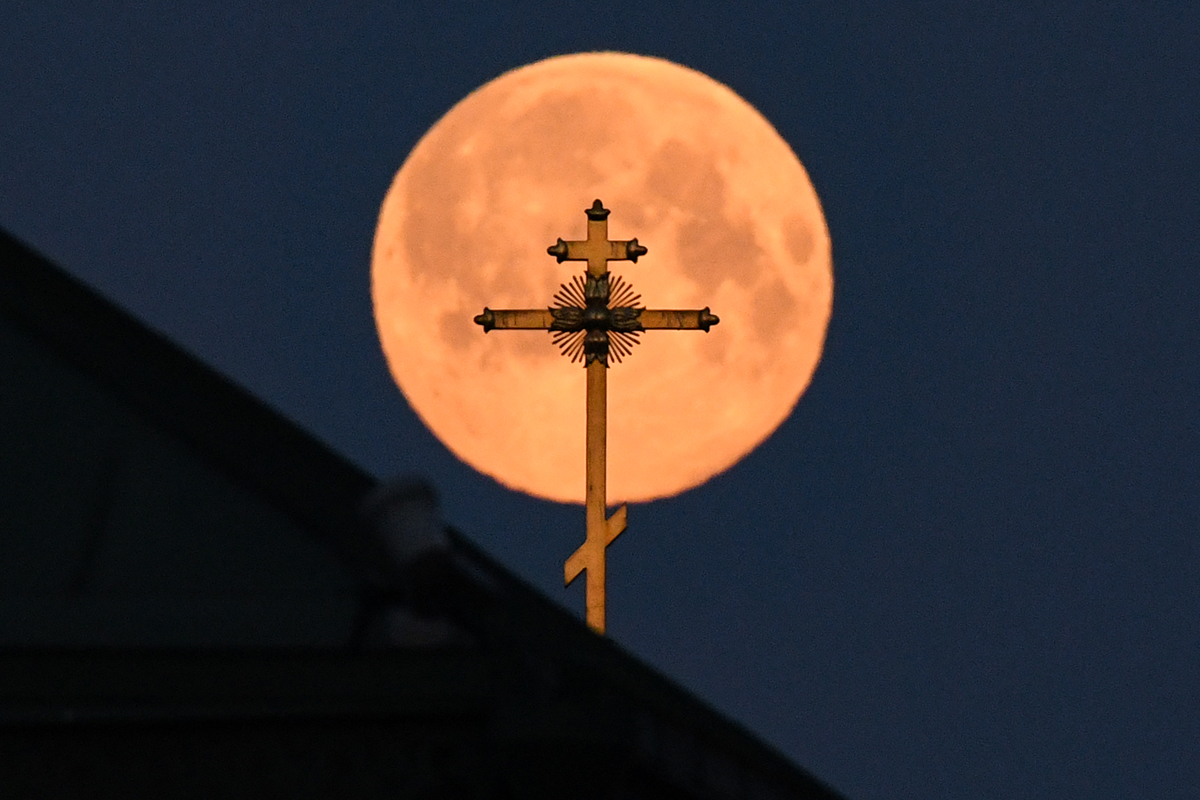



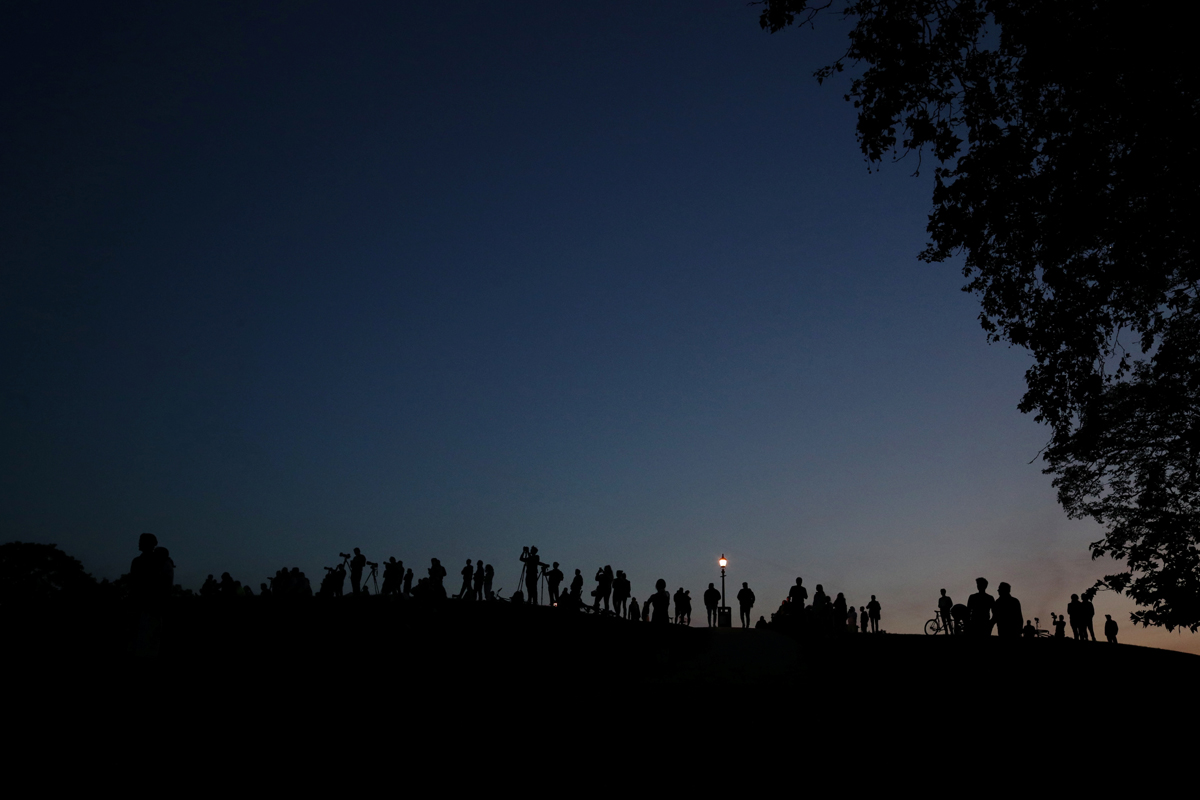



![A supermoon rises over Mow Cop Castle near Stoke-on-Trent, central England [Oli Scarff/AFP]](https://www.aljazeera.com/mritems/Images/2020/5/8/5b31ef2086f64a51a89e7e89e435578f_8.jpg)

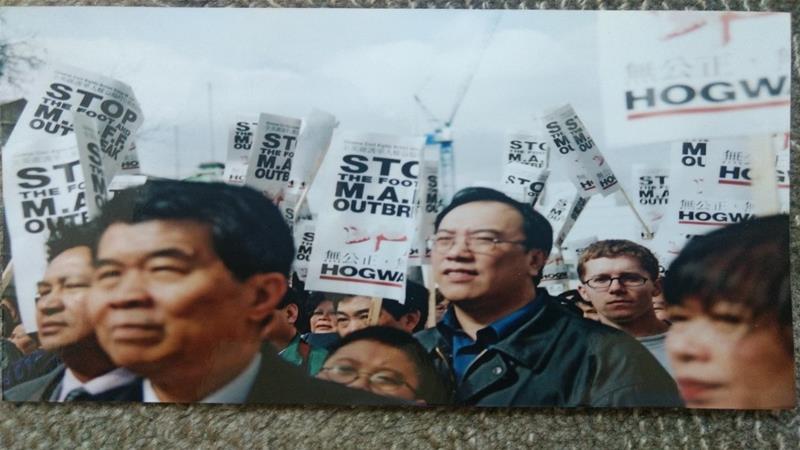
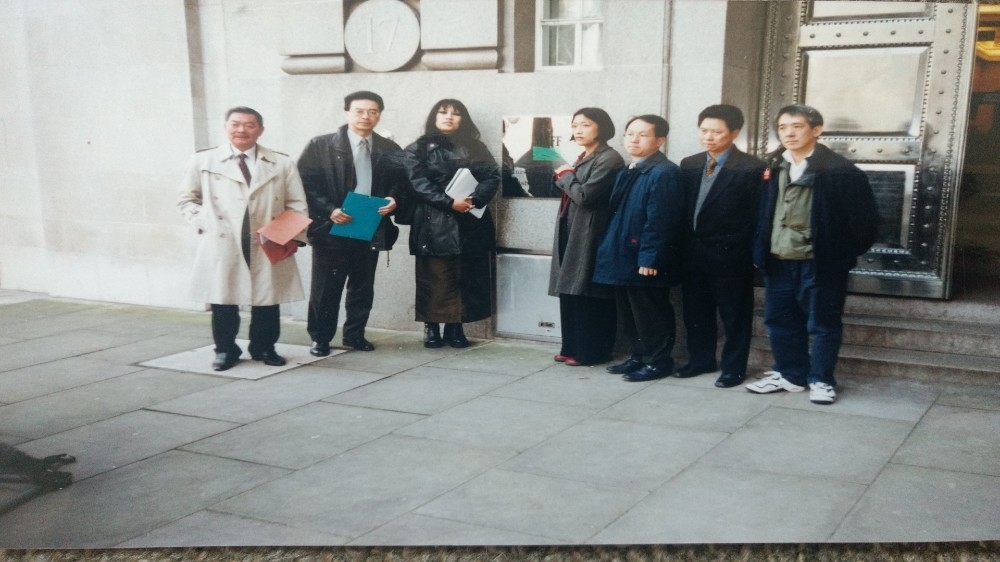
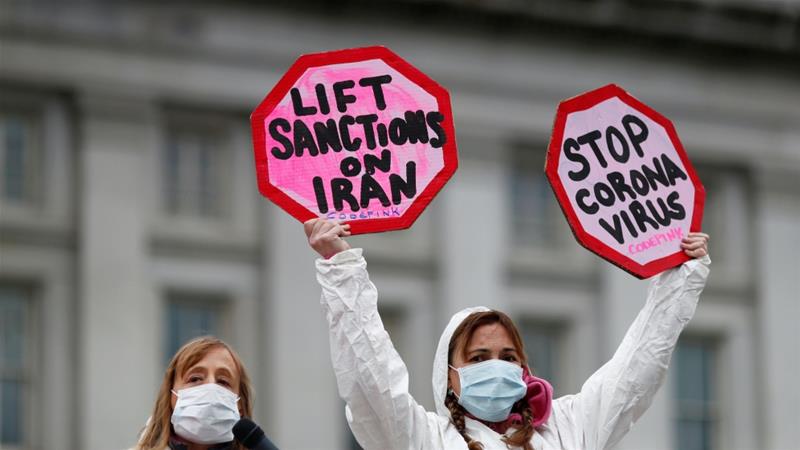








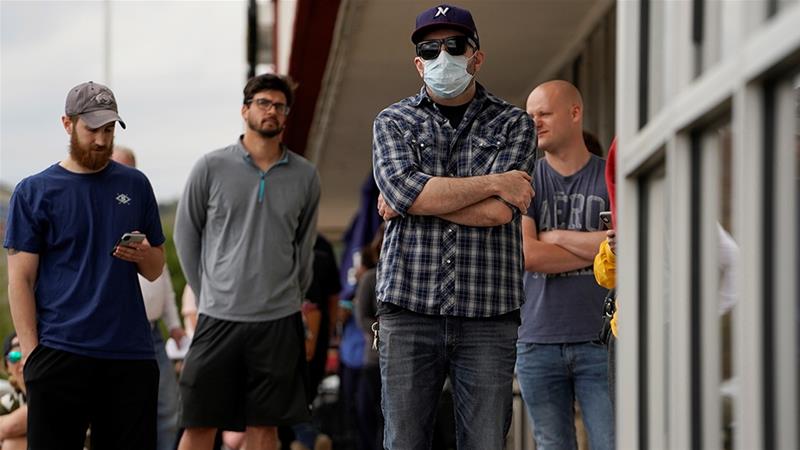 People who lost their jobs as coronavirus lockdown measures swept the United States wait in line to file for unemployment benefits [File: Nick Oxford/Reuters]
People who lost their jobs as coronavirus lockdown measures swept the United States wait in line to file for unemployment benefits [File: Nick Oxford/Reuters]
